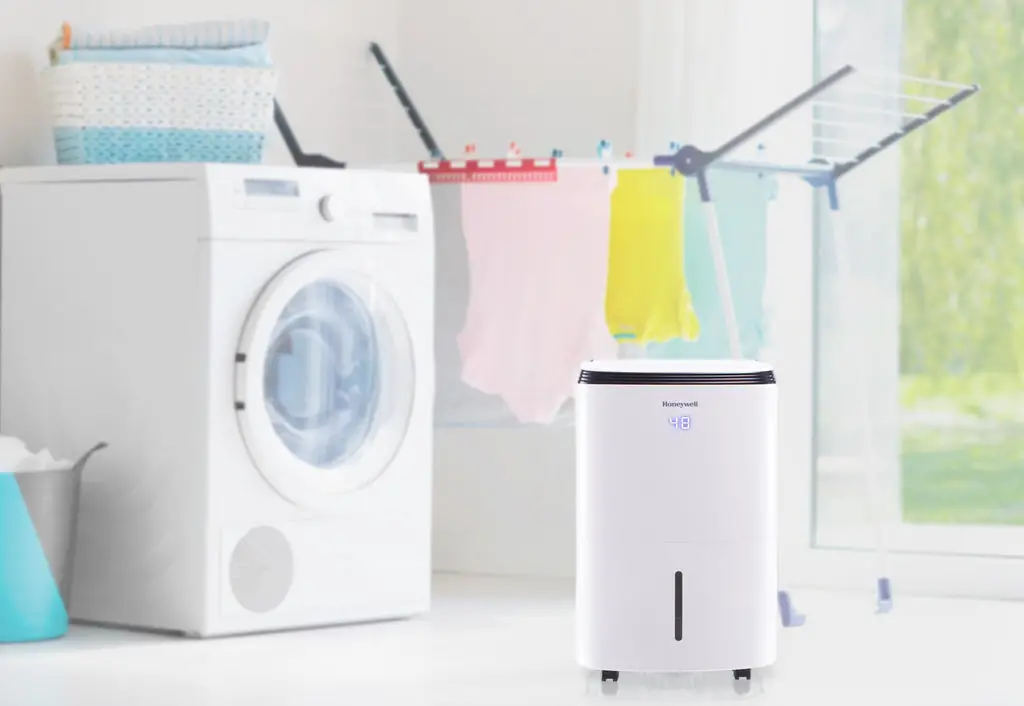As the summer heat rolls in, many of us are reliant on our air conditioners to keep our homes and offices cool and comfortable. However, did you know that your trusty air conditioner could be hiding a potentially harmful secret? That’s right – mold.
Understanding Air Conditioner Mold
Mold can thrive in the dark, damp environment of an air conditioner. When the air conditioner is running, moisture from the air condenses on the cooling coils, creating a perfect breeding ground for mold spores. Over time, these spores can multiply and spread throughout the air conditioner and into the air it circulates, posing a risk to your health.
The Dangers Of Mold Exposure
Exposure to mold can lead to a variety of health problems, particularly for those with allergies, asthma, or weakened immune systems. Common symptoms of mold exposure include:
- Respiratory issues
- Coughing and wheezing
- Sore throat
- Nasal congestion
- Skin irritation
- Headaches
In severe cases, prolonged exposure to mold spores can even cause more serious health issues. This makes it crucial to address air conditioner mold promptly to safeguard your well-being.
Preventing and Removing Air Conditioner Mold
Thankfully, there are steps you can take to prevent and remove mold from your air conditioner. Here are some tips to help you keep mold at bay:
Preventative Measures
Regular maintenance and cleaning of your air conditioner can help prevent mold growth. Here are some preventive measures you can take:
| Preventative Measures for Air Conditioner Mold |
|---|
| 1. Use high-efficiency filters |
| 2. Keep the area around the air conditioner clean and free of debris |
| 3. Inspect and clean the condensate drain regularly |
| 4. Schedule professional maintenance at least once a year |
Removing Mold
If you suspect that your air conditioner is harboring mold, it’s crucial to address the issue promptly. Here’s how you can remove mold from your air conditioner:
- Turn off the air conditioner to prevent the spread of mold spores.
- Clean the condensate drain and drip pan to remove any standing water where mold may be present.
- Use a mixture of water and mild detergent to clean the cooling coils and other components of the air conditioner.
- Be sure to wear protective gear, such as gloves and a mask, to avoid exposure to mold spores.
- If the mold infestation is severe, it’s best to seek professional help to thoroughly clean and disinfect the air conditioner.

Credit: www.amazon.com
Conclusion
Air conditioner mold is a serious concern that should not be overlooked. By understanding the dangers of mold exposure and taking preventative measures to keep your air conditioner clean, you can ensure that the air you breathe is healthy and safe. If you suspect mold growth in your air conditioner, don’t hesitate to address the issue promptly to protect your well-being.
Remember, a well-maintained and mold-free air conditioner not only keeps you cool but also helps you stay healthy and comfortable all summer long.

